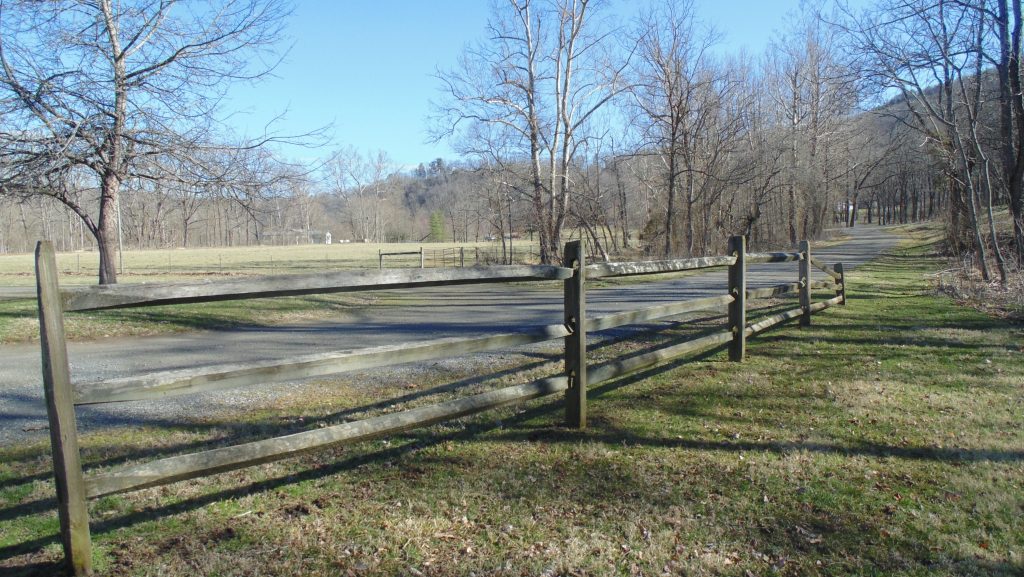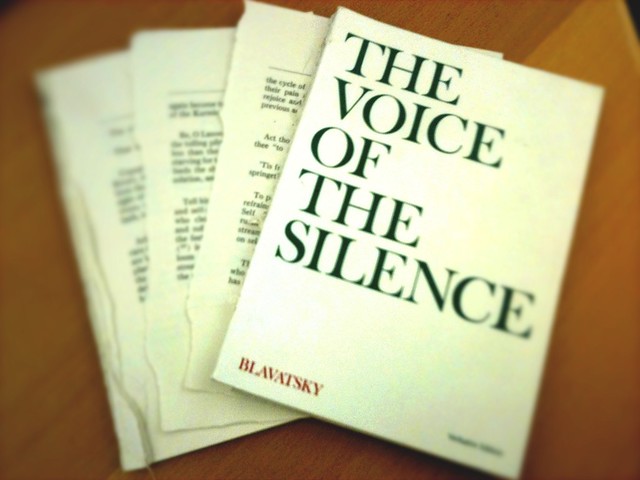An Open Letter to the Viewer
Dear Viewer,
The general purpose of The Floatplane Project is to explore the censorship of Clyde Edgerton’s The Floatplane Notebooks in Carroll County, VA in 1992.
To accomplish that goal, many hours of thought and planning went into this site. In fact, the entire project started with a plan – a contract – that listed my intentions and hopes for the final version of the website. The contract is available for viewing under the About the Website tab in the main menu.
This page is designed to discuss some tips and considerations for navigating the site – in regard to choices made about the representation of facts and material for the case.

If there is one single idea that drives The Floatplane Project, it is the idea of voice. From my research and time in A Burning Idea, I have come to think that censorship ultimately comes down to the idea of voice, whether it takes the form of restrained voices, contested voices, marginalized voices, or empowered voices.
This sight is built to explore and honor the idea of voice in three ways:
- by acknowledging the inherently collaborative nature of voices in the research process,
- by privileging the voices of primary sources and authorities on aspects of the case,
- and by emphazising a conversational and explorational tone to (hopefully) join the voices of the viewer and the website creator.
The site recognizes research voices by promoting transparency and reability in sourcing. On each page, material is cited in the body of the text through introductory lines (According to, As stated by, etc.) and/or by in-text citations (super-scripts) following quoted or paraphrased body material. In addition, each page has full, often hot-linked, citations available at the conclusion of the text towards the bottom of the page.
Although the formal citations of material minorly detracts from the conversational tone of the site, it also emphasis the multiple voices involved in the construction of the site in a way that is clear and followable for viewers who want to engage in reading in addition to (and beyond) the scope of the project.

The site privileges primary and expert voices through several dimensions of its text design and navigation structure. The Case section of the main menu is divided by voice instead of by time or major events. While this may mean that many of the summarized events on each page of the section repeat, it also (attempts) to give a deeper examination and equal presentation of each viewpoint of the Carroll County case. Second, the section also features a Primary Sources section that features links to sources (news articles, school documents, etc.) related to the case. Clicking the links will lead to pages that feature voices on or of content related to the site – unanalyzed as part of the project (though some the pages feature quotations from the primary sources that are analyzed for discussion on the site).
Last, the site aims to aims to align the viewer and the creator by promoting discussion and emphasizing the process involved in building the site and exploring the voices of the case. This page serves as a great example of that idea, as it is devoted to talking about the behind-the-scenes choices made for the project. In addition, many of the pages feature interactive content in the form of a slideshow or PDF to allow the viewer to engage with site in ways beyond scrolling and reading. Many of the photos on the website are my own photos (all cited as Turner, 2019), and many of them were taken over the duration of the site’s construction. In that way, they represent the attention to process and exploration that is central to the project.
But, why does all this matter? You could say that many different websites feature the same tools of presentation, and you’d be absolutely correct. The idea behind discussing the presentation of this site is not to communicate that its features are one-of-a kind, but rather to show that the structure and design of the site are deliberate and purposeful. This project represents one voice, but it is also devoted to sharing and preserving voices of the project and the Carroll County case – an important idea to consider as you view the pages and reflect on the concept of literary censorship.
Thank you for taking this journey with me,
The Website Creator
Photo Credits
Figure 1: Turner, T. Fence at New River Trail State Park [Personal photograph]. 2019. Max Meadows, VA.
Figure 2: Calabro, P. Another controversial book found destroyed at my library. 2010. Accessed April 7, 2019. Licensed under a Creative Commons Attribution-Noncommercial-ShareAlike 2.0 Generic License. https://www.flickr.com/photos/pizzocalabro/4480545386
No Comments Yet